Kashmir: Prime Minister Narendra Modi inaugurated the Z-Morh tunnel in Jammu and Kashmir, a significant infrastructure milestone that ensures year-round connectivity between Srinagar and Sonamarg Valley. This tunnel, a critical part of the government’s strategic infrastructure projects in the region, is expected to boost tourism, enhance security logistics, and improve the socio-economic landscape of the area. The inauguration ceremony was graced by Union Transport Minister Nitin Gadkari, Chief Minister of Jammu and Kashmir Omar Abdullah, and Lieutenant Governor Manoj Sinha.
Key Features of the Z-Morh Tunnel
Built at a total cost of Rs 2,717 crore, the Z-Morh tunnel is a 6.4 km bidirectional tunnel featuring a parallel escape tunnel for enhanced safety, a 3.7 km creeper lane for heavily loaded vehicles, a 4.6 km western approach road, a 0.9 km eastern approach road, two major bridges, and one minor bridge. According to Gadkari, “the tunnel will facilitate the seamless movement of local agricultural goods from Srinagar to Leh, significantly reducing travel time while fostering quicker connectivity. Additionally, it will also create employment opportunities for local residents and help in the efficient transportation of military essentials to mitigate avalanche-related risks.” The tunnel is designed to withstand the harsh winter conditions that typically isolate Sonamarg from the rest of the region. Moreover, it is equipped with modern amenities, including smart traffic management systems, CCTV surveillance, and emergency evacuation provisions, ensuring both efficiency and safety.
The tunnel is also expected to ensure uninterrupted connectivity to both Ladakh and Baltal regions throughout the year. It is part of a broader initiative to improve all-weather connectivity to regions that have immense strategic and economic significance.
Strategic & Economic Significance of the Project: APAC News Analysis
The Z-Morh tunnel is a testament to India’s push for strategic infrastructure in challenging terrains. Beyond its immediate benefits of year-round connectivity and tourism promotion, the project holds geopolitical importance. Improved access to the Kashmir valley and Ladakh enhances the Indian military’s logistics capabilities in border areas, addressing security concerns in light of tensions along the Line of Actual Control (LAC) with China.
Economically, the tunnel opens up avenues for development by connecting remote areas with urban markets, thereby reducing regional disparities. Moreover, the tunnel could serve as a model for future infrastructure projects in Himalayan regions, showcasing how advanced engineering can overcome natural barriers.
As India invests heavily in its northern frontiers, projects like the Z-Morh tunnel symbolize a broader vision of resilience, integration, and growth.






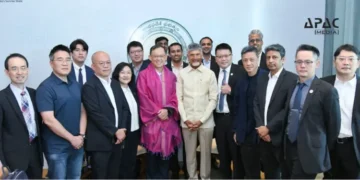


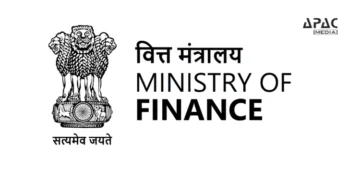






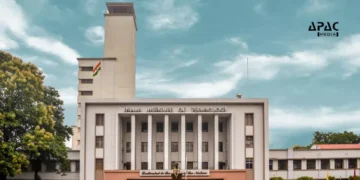





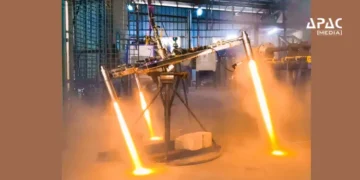




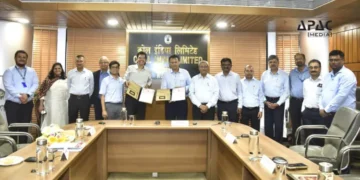
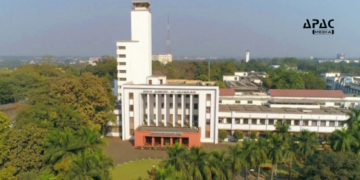

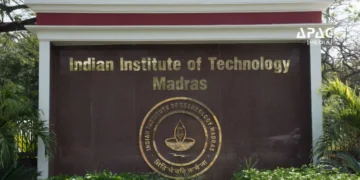
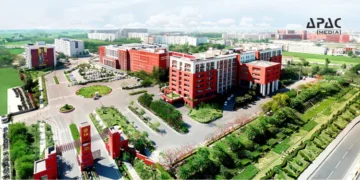
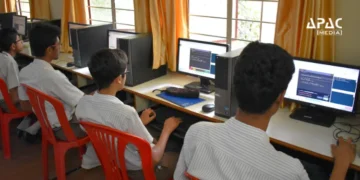















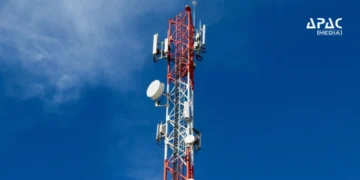







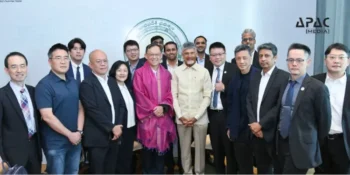







Discussion about this post